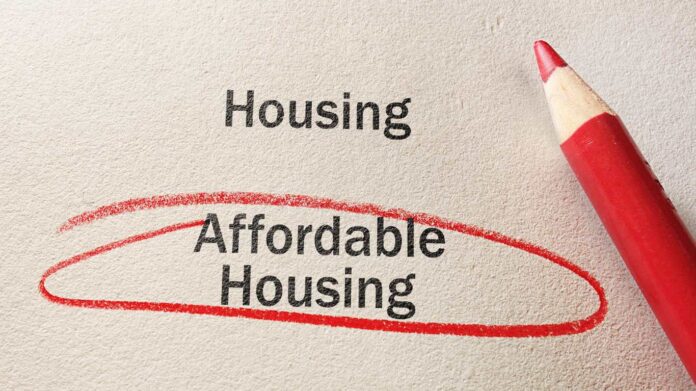Economic disparities, limited opportunities in rural areas, and the allure of city life continue to drive migration within Nepal. However, the housing infrastructure hasn’t kept pace, leaving many migrants living in cramped, substandard conditions.
“The situation is becoming critical,” warns housing expert Dr. [Expert’s Name]. “Informal settlements are expanding, and even those in formal housing are struggling with affordability. The mismatch between migrant influx and housing supply requires urgent action.”
The government has initiated some affordable housing programs, but experts say they fall short of the scale needed. Private developers mainly focus on the high-end market, leaving a huge gap for low and middle-income families.
Nepal’s housing crisis related to migration has far-reaching consequences. Overcrowding and poor living conditions pose health risks, while rising costs threaten financial stability for the most vulnerable.
Call to Action:
Policymakers, urban planners, and the private sector are urged to collaborate on comprehensive solutions to ensure safe and affordable housing for all in Nepal’s growing urban areas.
Statistics Highlight the Challenge
- Recent census data indicates that over 20% of Nepal’s rural population has migrated to urban areas in the past decade.
- According to the Ministry of Urban Development, the Kathmandu Valley alone faces a shortage of an estimated 250,000 housing units.
Migrants Share Their Struggles
“I came to Kathmandu for a better future, but finding a decent place to live is nearly impossible,” says Sandesh Shahi, a migrant from a rural district. “My family of three shares a single room, and the rent eats up most of my earnings.”
Economic Disparities and Urban Allure
Economic disparities, limited opportunities in rural areas, and the allure of city life continue to drive migration within Nepal. However, the housing infrastructure hasn’t kept pace, leaving many migrants living in cramped, substandard conditions.
Informal settlements are expanding, and even those in formal housing are struggling with affordability. The mismatch between migrant influx and housing supply requires urgent action.
Potential Solutions
While the government has initiated some affordable housing programs, experts say their scale falls short of the need. Policymakers suggest a multi-pronged approach:
- Planned Development: Develop satellite cities around major urban centers and improve rural infrastructure to create alternative destinations for migrants.
- Incentivize Affordable Construction: Provide tax breaks or subsidies to encourage private developers to focus on affordable housing projects.
The Need for Urgent Action
Nepal’s housing crisis related to migration has far-reaching consequences. Overcrowding and poor living conditions pose health risks, while rising costs threaten financial stability for the most vulnerable. Policymakers, urban planners, and the private sector must collaborate to ensure safe and affordable housing for all in Nepal’s growing urban areas.


